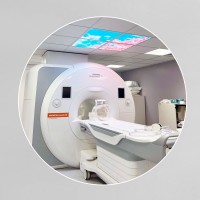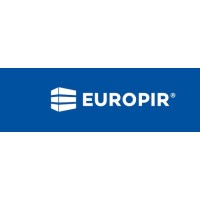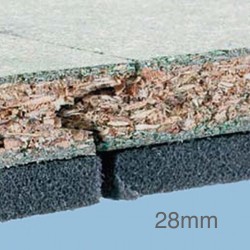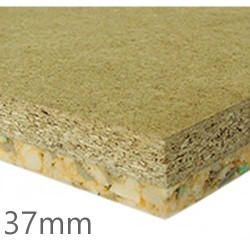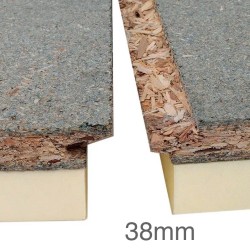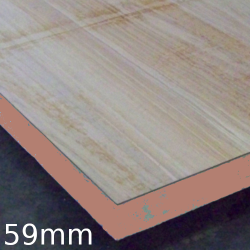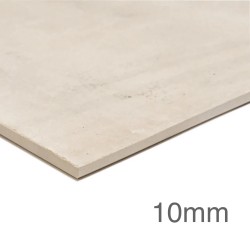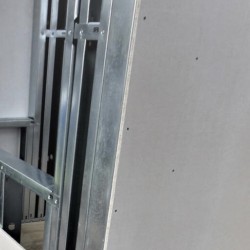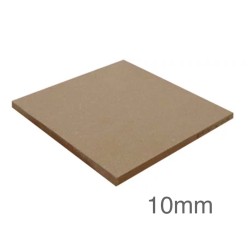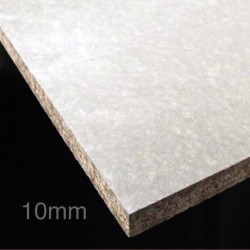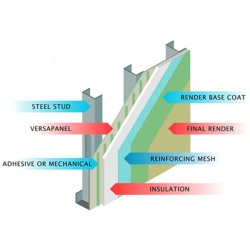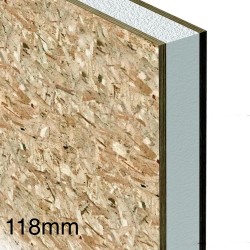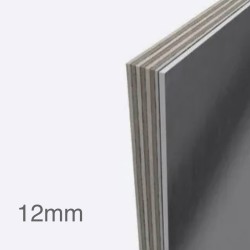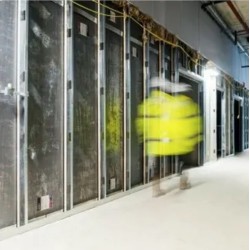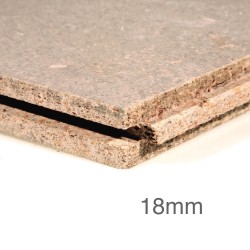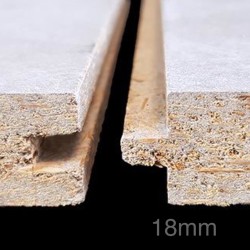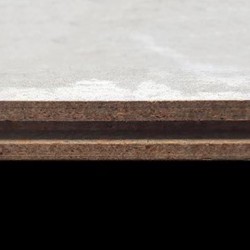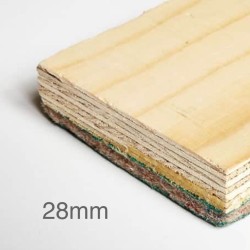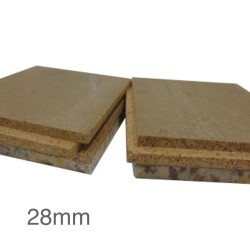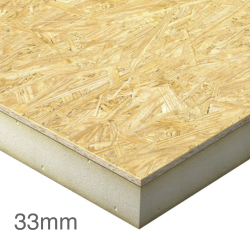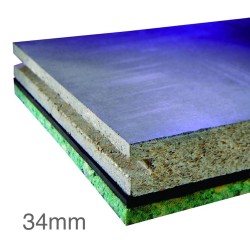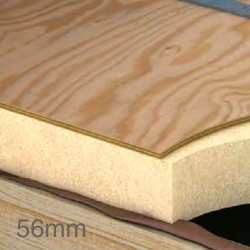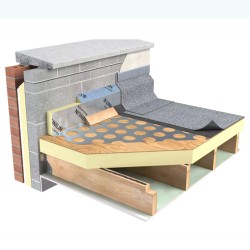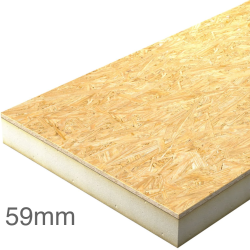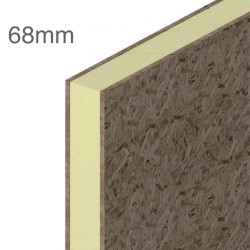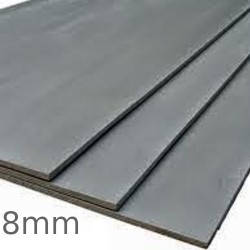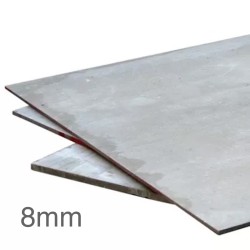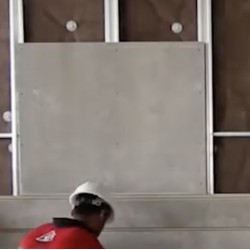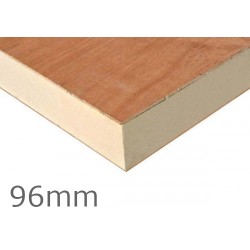Wood Based
OSB was developed in the mid 1970s to utilise smaller logs that are not suitable for plywood production. Made of strands normally about 75mm long with the strands in the surface layer oriented roughly in line with the length of the panel. This gives the panel higher mechanical properties in that direction. OSB is usually composed of three layers with the strands of the outer two layers orientated in a particular direction, more often than not in the long direction of the panel.
- OSB/1 General purpose boards, and boards for interior fitments (including furniture) for use in dry conditions,
- OSB/2 Load-bearing boards for use in dry conditions,
- OSB/3 Load-bearing boards for use in humid conditions,
- OSB/4 Heavy-duty load-bearing boards for use in humid conditions.
Plywood was developed to provide panels with dimensional stability and good strength properties both along and across the panel. Straight, well-grown timber is required for plywood manufacture. Plywood is a versatile product made from both hardwood and softwood that can maintain a high performance under a wide variety of environmental conditions. They can have an attractive surface appearance. Veneer plywood is made from veneers that are peeled from a log. These are bonded together with an adhesive that is appropriate to the end use, with the grain of adjacent veneers at right angles to each other. The adhesive is cured by pressing the panel using heated platens.
The durability of plywood depends on the bond quality, the durability of the timber species used in the veneer and the veneer quality. The preservative treatments and finishing coatings can also enhance the durability. Plywood can be manufactured to have specific properties, making it suitable for a wide range of applications. Plywood is one of the few panel types that has an EN product standard covering its use in exterior conditions.
Chipboard is a panel material manufactured under pressure and heat from particles of wood (wood flakes, chips, shavings, sawdust and similar) and/or other lignocellulosic material in particle form (flax shives, hemp shives, bagasse fragments, straw and similar), with the addition of a polymeric adhesive as defined in the British Standard BS EN 309.
Wood chips are prepared in a mechanical chipper generally from coniferous softwoods, principally spruce, although pine and fir and hardwoods, such as birch, are sometimes used. Recycled source can also be used. These chips are bound together with synthetic resin systems such as urea-formaldehyde or melamine urea-formaldehyde, phenol-formaldehyde and polymeric methylene di-isocyanate. The chips are formed into a mat and are then pressed between heated platens to compress and cure. The finished panels are then sanded and cut to size.
They are not normally suitable for exterior applications. There are moisture resistant panels classified for use in humid conditions. While such panels may be resistant to periods of short-term wetting or high humidity, this does not mean that the panel is waterproof and direct wetting should be avoided. While chipboard is not normally attacked by wood boring insects, it can be subject to fungal decay under prolonged wetting.
Fibreboard is produced by either wet process or dry process.
Wet process - The fibreboards are made by reducing steamed wood into fibres and adding water to form a slurry. This is then formed into a mat on a moving wire mesh. Much of the water is removed by pressing and the final heated pressing bonds the fibres using the adhesive properties of the natural lignin adhesive present in the wood. The final density of the panel depends on the degree of pressing, resulting in softboard, mediumboard or hardboard. In some products additives are used to improve properties.
Dry process - the wet fibres are dried and an adhesive is added, and then it is formed into a mat and pressed. The resulting product is generally termed medium density fibreboard (MDF).
Hardboard is used in flooring, roofing overlays, internal wall linings, roof sarking and wall sheathing. MDF is commonly used for architectural mouldings, staircases and window boards.































